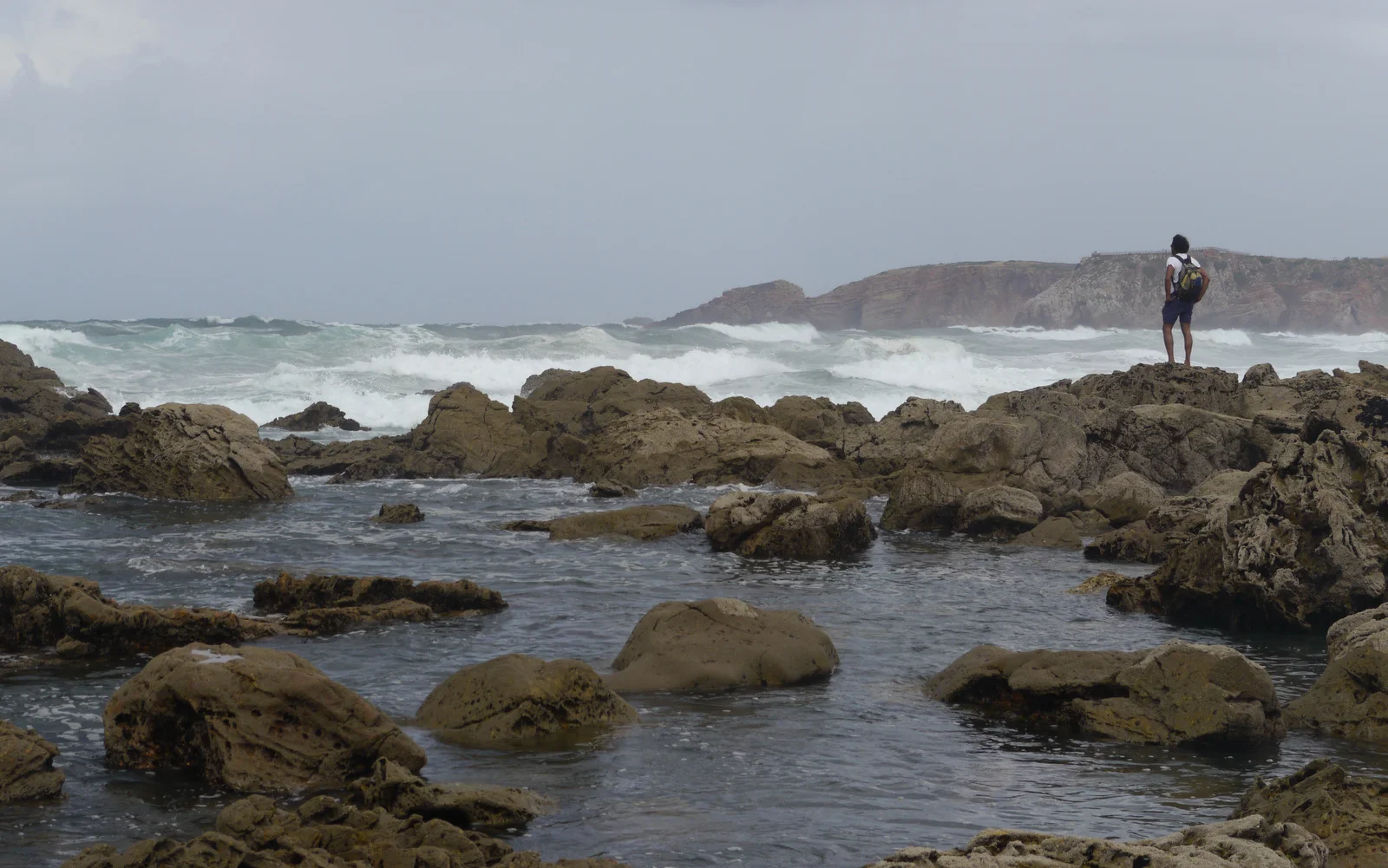Why are we still flying?
This seems like a question not worth bothering to answer. The reasons, as we all know, are endless, convincing and, to that end, not worth repeating. But the reasons against are not ignorable either– flying along with meat production is the greatest producer of green-house gasses, the greatest contributor to climate change.
My interest in this topic is even more intimate than for the typical left-leaning, vegan-becoming, globetrotting dinky (*Double Income No Kids). I design aircraft for a living. You could say I am in bed with the enemy and indeed I occasionally get accused of this. “Ah, should you be designing the monsters that are destroying our planet?” I’m asked. To which I reply, “No that would be parents.” For without people flying there would not be any need for aircraft and I would be out of a job. For all the failures of western capitalism and the free market at least that much is true. And the demand is huge. Airbus, the company who I am designing for at the moment, has a backlog of over 6,000 aircraft. Boeing undoubtedly has a similar number and the growth of newly flying citizens in the emerging markets is phenomenal.
But how wrong that accusation is goes even further: We’re the good guys. The very nature of the industry and market with legislation and cost competitiveness means that each generation of aircraft we design are more efficient and less polluting. We go to extreme levels to achieve these goals and as a structural designer it would not be uncommon for me to spend a month doing a calculation to save a few grams of an aircraft part. The A350, Airbus’s new flagship aircraft, which I am working on now, is the greenest civilian airliner to fly.
Having said all that, the facts remain the same. Flying is completely at odds with the environmental movement. The greenness of new aircraft compared to old ones is measured in single percentage points and, without being overly accurate with my figures here, you generate a smaller carbon footprint by half if you’re driving alone than by flying. This difference would be even more remarkable if you are a couple or a family travelling in one car, where the carbon footprint per person goes down, than a similar number flying (multiplication).
So maybe I should rephrase the question: Why am I still flying?
It is for the reasons that we so all know. It is cheap, amazingly quick and acceptable. It is because everyone else is doing it. It is because these reasons are more important to us individually than the collective good that limiting climate change would have. It is not because we don’t care, it’s because we don’t care enough.
“I take the train.” I say to those doubters. “When it’s only mildly less convenient than flying.” I am forced to add. The trouble is it’s often three times more expensive and takes twice as long. “...and I avoid flying just for weekends.” I finish off with legitimising my green credentials, which tends to mean that for things I ‘shouldn’t’ miss I extend the trip to a week to fit that profile. As for the heralded city breaks to show off our glamorous life styles on Facebook, those I definitely do not do. I much prefer camping in Cornwall anyway.
But that’s not good enough and I think I’m more conscious of the impact than most people. If I can’t do it (won’t do it), how can anyone else can? The answer, sadly, is that in our affluent, globalised, self-gratifying world we are not going to opt for wilful restraint. That also includes not voting in a government that will make these choices less wilful. Are we thus screwed?
Yes and no.
Yes that all this proves that we are as a species, without beating much about the bush, a little crap. It proves that collective activism is sporadic and there is no formula to ignite the fire of our collective hearts and minds. This is compounded by the fact that this is a global problem and requires global action. The larger the number of people affected, the hotter the pot needs to boil before a shift in societal values – this pot is seven billion people strong.
So what do we do whilst this pot is boiling away? Maybe the answer really does lie in the very reason we are in this mess in the first place: Innovation.
The early aeronauts in the latter part of 19th century were a disparate bunch of scientists and engineers. They didn’t receive much funding and in fact a lot of the establishment were dismissive of the folly of flight. But look at what a giant step forward we have made when we did give this technology the attention and importance it deserved. The A380 can transport over 550 people half way across the world at close to the speed of sound and scram jets are flying at 24 times faster!
Despite this lesson in history there is a sense of déjà vu. The greatest innovation in the green revolution in technology is happening on the fringes of the economy. Small technology companies, with small budgets, showing to the world what might be possible if we only look in the right direction.
There is no greater example than the phenomenal Solar Impulse 2 project with their attempt, happening right now, to fly a manned plane around the world powered only by solar energy, quoting directly from their website, the mission statement of the small Swiss company is “to prove that pioneering spirit and innovation can really change the world.”
Yet it’s a tiny company. Why is the only noteworthy thing to say about the big players in this game their notable absence? The sceptic would whisper, ‘it’s because it won’t make any money’. That is true. It is the equivalent of a fishermen sailing out into the North Sea to show the rich canal boat operators that travelling across the sea is possible. Despite how utterly brilliant this achievement is, we are not going to all be flying around in solar powered aircraft for a very long time, or maybe never if there isn’t the massive investment of capital into green technologies it deserves.
That’s where government policy comes in. Companies aren’t going to invest in new technology unless it’s a) a proven winner, b) they have to (legislation) or c) it’s funded from elsewhere (government funds). The ‘Proven Winner’ category is pretty much where we are now, edging forward at a boring snail pace. We require the b’s and c’s. We require legislation forcing companies to adopt greener pathways: The aircraft noise reduction legislation across Europe has already forced manufacturers to change their designs. Or we require massive government investment, which is a dirty word to some, but if we think of it as a massive crowd funding exercise it seems a little cooler.
Putting all this in perspective, wouldn’t it be wonderful if we could travel the world without the cloud of guilt hanging over us, or shrouding ourselves in ignorance to avoid confrontation with our ethics, or asking ourselves the question ‘Why are we flying?’
Wouldn’t it be wonderful to travel in an aircraft like this?









